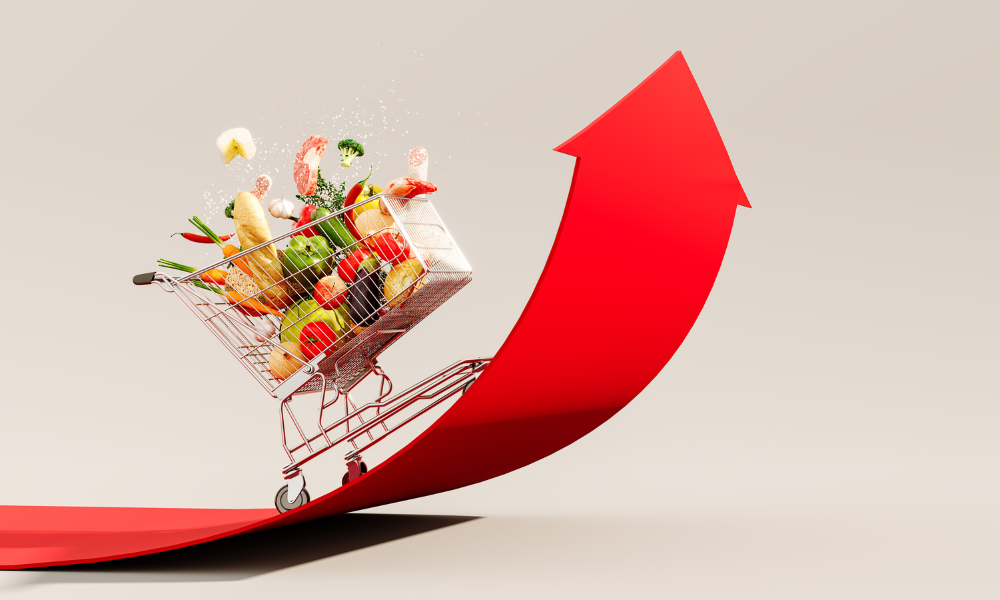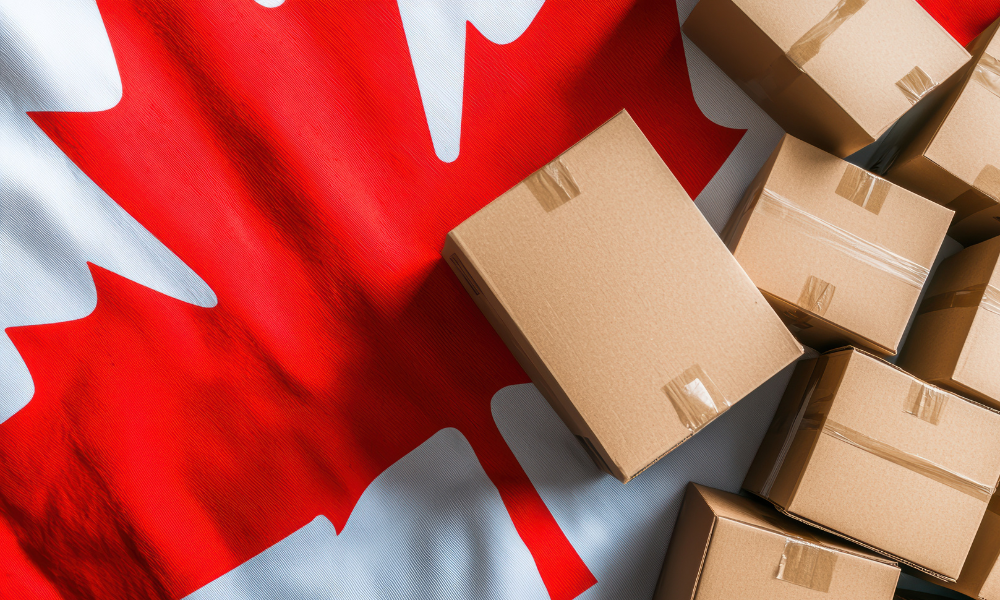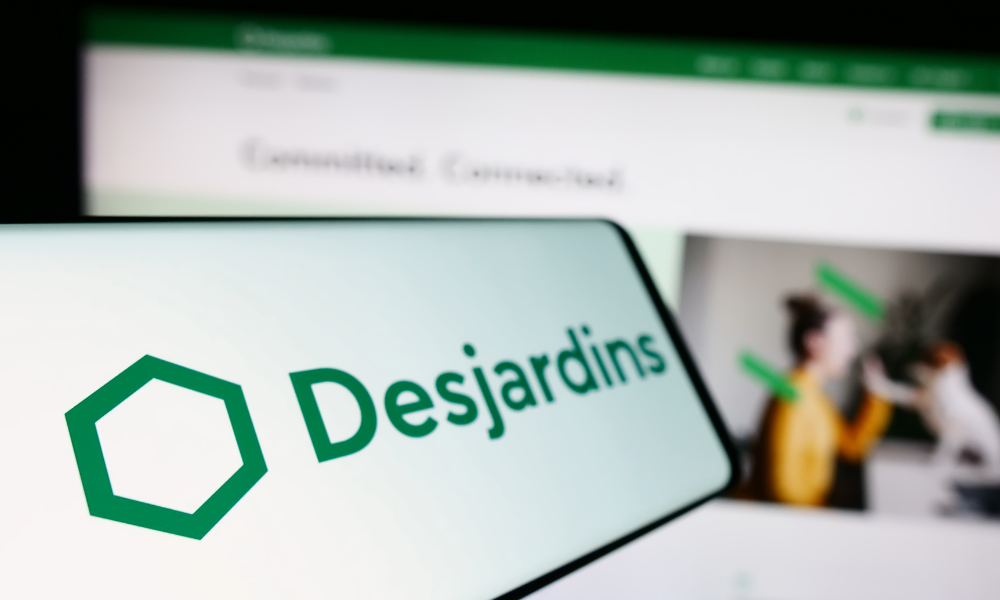US CPI up 2.3% as soft food prices mask fragile demand and looming cost shocks

US inflation rose 2.3 percent in April from a year ago, the smallest annual increase in over four years, according to the US Labor Department.
This cooling came despite earlier expectations that US President Donald Trump’s tariffs would drive prices higher.
According to Andrew Szczurowski, portfolio manager at Morgan Stanley Investment Management, the inflation figures point to a consumer base that is beginning to show weakness.
“You saw transportation prices and air fares decline, and that could be showing signs that the consumer, which we’ve felt for a while, is starting to lose steam,” he told BNN Bloomberg.
Szczurowski noted that the decline in demand for flights illustrates this fragility and warned that consumers may not be able to absorb additional price hikes.
“I don’t think they can handle the price hikes this cycle, which means that price hikes are going to be met with less demand... companies are going to have to choose between eating some of those price hikes from tariffs or passing them on to the consumer,” he said.
As per The Globe and Mail, the 0.2 percent US CPI increase in April followed a 0.1 percent decline in March, the first drop since May 2020. Shelter costs, including rents, rose 0.3 percent and accounted for more than half of the monthly CPI gain.
Meanwhile, US grocery store prices declined by 0.4 percent, the steepest drop since September 2020, driven by a 12.7 percent drop in egg prices—the largest decrease since 1984.
Prices for fruit, vegetables, cereals, and bakery products also fell, while nonalcoholic beverages rose 0.7 percent. Prices for gasoline eased 0.1 percent, but consumers saw higher utility costs.
Core CPI, which excludes food and energy, rose 0.2 percent in April, matching the year-over-year rise of 2.8 percent reported in March.
As per The Globe and Mail, this core increase was driven by shelter costs, with owners’ equivalent rent advancing 0.4 percent.
Declines were recorded in hotel rates, apparel, used vehicles, and household items, while prices for prescription medication and furniture rose.
Based on the CPI data, economists estimated the core Personal Consumption Expenditures (PCE) Price Index increased 0.2 percent in April, keeping its annual pace at 2.6 percent.
The PCE index is one of the key measures used by the US Federal Reserve to gauge inflation against its 2 percent target.
Szczurowski told BNN Bloomberg that the report could have paved the way for a short-term rate cut by the US Federal Reserve but argued the central bank is holding off.
“They’re not at a point now where they want to cut rates in front of these tariffs… they want to see how bad it is and how much of that gets passed through to the consumer,” he said.
According to The Globe and Mail, the latest data did not shift economists’ view that the Fed will continue to pause interest rate changes until later this summer.
Financial markets continued to expect the Fed to resume cutting rates in September, and the Fed last week held its benchmark overnight rate at 4.25–4.50 percent.
Szczurowski does not anticipate a Fed rate cut until late in the third quarter, adding, “the only thing that can really get them off the sidelines in the short term is a dramatic decline in the labour market and I think that’s going to take a few months to play out as well.”
He contrasted today’s conditions with the 2021–2022 period, when stimulus, wage gains and pandemic-related savings fuelled US consumer spending.
“I do think the consumer is in a much different state than they were in 2021 and 2022,” he said.
During that time, he noted, there were large wage gains, significant stimulus, and pent-up savings from staying home for more than a year.
Economists had expected US inflation to rise due to new tariffs, including a doubling of fentanyl-related taxes on Chinese imports to 20 percent and a 25 percent tariff on imported cars and light trucks.
However, there was little sign of price pressure from those tariffs in April.
US businesses had increased inventories in the first quarter in anticipation of tariffs, which may have helped suppress price increases.
Conrad DeQuadros, senior economic advisor at Brean Capital, told The Globe and Mail, “With the economy having inventory of about 3.7 months of sales on hand, we expect the impact of tariffs on prices to begin to materialize by the middle of the year.”
Gus Faucher, chief economist at PNC Financial, said that despite a recent agreement to reduce tariffs, “those higher tariffs will work their way into consumer goods prices over the next few months, pushing inflation back up.”
The Budget Lab at Yale estimated that the tariffs could result in a 1.7 percent rise in consumer prices in the short term, equal to a US$2,800 loss in household purchasing power, assuming no monetary policy response.
Jeffrey Roach, chief economist at LPL Financial, added that “improvements in global trade will provide some clarity on the future path of inflation,” but warned that uncertainty around temporary trade deals complicates policy decisions.
“If the fog does not clear, the Fed might not be able to adjust policy in June,” he told The Globe and Mail.
While Wall Street stocks traded mostly higher, the US dollar slipped slightly, and Treasury yields inched upward.



